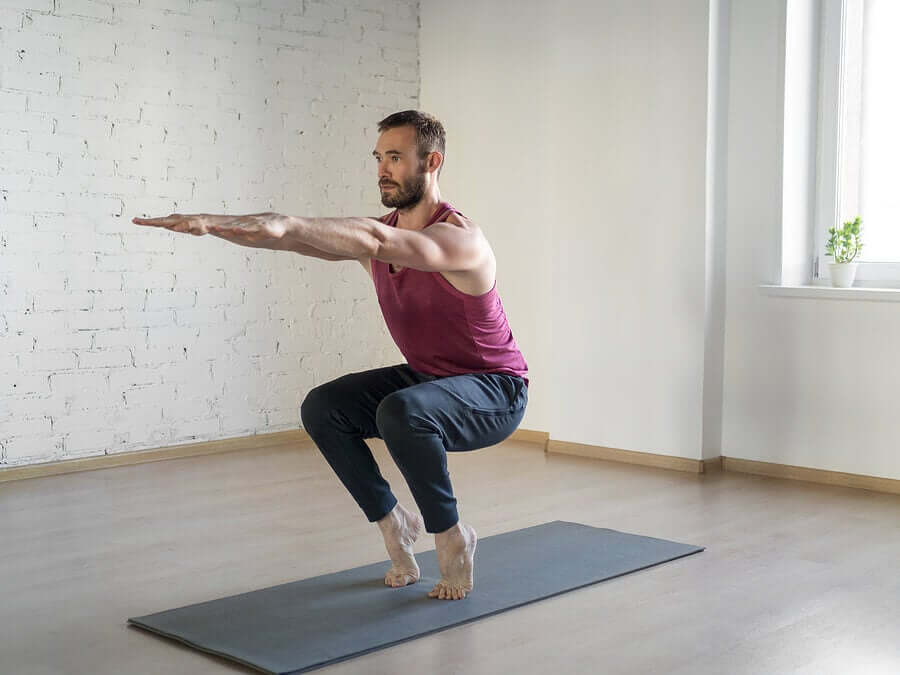Is it Possible to Remove Bunions Without Surgery?


Written and verified by the doctor Nelton Abdon Ramos Rojas
Many people wish to remove bunions without having to undergo surgery, as they believe this should be a last resort.
However, it must be taken into account that the treatment of bunions depends largely on their severity. Therefore, it’s not possible to avoid surgery in all cases. There are cases in which surgical correction is the only effective solution.
Although there are measures that can contribute to the relief of discomfort, they’re not a definitive solution to the problem. Wearing comfortable shoes on a daily basis, for example, helps patients a lot. But this alone won’t make the deviation disappear.
Below, we’ll tell you more about how to treat the discomfort caused by bunions on a daily basis.
Rather than eliminating bunions, these measures help reduce discomfort
Bunions are a protuberance that forms at the base of the big toe due to a bone deformity, often hereditary.
It causes pain (of varying intensity) and involves swelling, redness, and inflammation around the big toe joint. It should be noted that the pain may worsen with pressure from footwear and may even affect movement and prevent normal walking.
Comfortable shoes

Wearing comfortable shoes is always important, especially if you have bunions. To remove bunions without resorting to surgery, you have to begin by making sure that your feet are comfortable. To do this, you need to wear light, comfortable shoes. They shouldn’t press your feet or cause pain.
With comfortable shoes, your bunions will bother you less and also make your skin softer. We also recommend that you not wear pointed shoes or high heels since they make the position of your bunions worse. The best thing to do is to wear sandals. They give a bit more freedom to your feet if you require something for formal dress.
Read: 5 Tips to Prevent Your New Shoes from Hurting You
Walk barefoot
You could remove bunions in the early stages with good habits. At home, instead of wearing shoes, you should walk around barefoot. In this way, the joints of your toes will strengthen. Moreover, you will have less pain.
We also recommend that, at the beach, you walk barefoot since it can actually be a form of exercise for your joints which helps to cure bunions completely.
-
Foot Exercises

There are many exercises which are ideal for getting rid of the discomfort that bunions cause.
- Firt, stretch out your big toes and alight it properly with the rest of your toes.
- Then flex all your toes. After that, press them firmly on the floor or against a wall, so that they double back on themselves.
- Practice this exercise for about 10 seconds and repeat 3 times every day.
- After these exercises, you can also massage your feet or take a relaxing bath with lavender oil.
You might like: Calluses on Your Feet? Get Rid of Them with This 100% Natural Solution
Alignment of your toes
You could also releive bunion discomfort by aligning your toes. In order to do this:
- Wrap your whole foot in a bandage,(including your toes, in a normal position.
- Separate the big toe from the rest with a separate bandage. Little by little, your toes will adapt to a better position, preventing the development of your bunion.
This habit will keep your feet in a better position. It’s important to do it daily and make it a habit so that your bunions will cause you less pain when walking. If you can’t manage to do this yourself or it causes pain, it’s best that you consult a medical specialist.
What You Shouldn’t Do

Ballet’s one of the most damaging disciplines if you suffer from foot problems and bunions. You should avoid this and other activities that can intensify pain, such as running, for example. Instead, you can opt for low-impact exercises.
It’s not possible to eliminate bunions naturally for good. However, you can reduce your discomfort naturally, through the practice of certain exercises and the use of appropriate footwear.
You should consult with your doctor and follow all of their instructions in order to feel well.
All cited sources were thoroughly reviewed by our team to ensure their quality, reliability, currency, and validity. The bibliography of this article was considered reliable and of academic or scientific accuracy.
- Berger, M. R. (1984). Bunions. Orthopaedic Nursing, 3(5), 17–24. https://doi.org/10.1097/00006416-198409000-00003
- Bunion: Strengthening Foot Muscles to Reduce Pain and Improve Mobility. (2016). Journal of Orthopaedic & Sports Physical Therapy, 46(7), 606–606. https://doi.org/10.2519/jospt.2016.0504
- Maroto, M. R., Park, D. K., & Lee, S. (2012). Hallux Valgus (Bunion). In Essential Orthopaedics(pp. 776–780). Elsevier. https://doi.org/10.1016/b978-1-4160-5473-3.00185-4
This text is provided for informational purposes only and does not replace consultation with a professional. If in doubt, consult your specialist.








